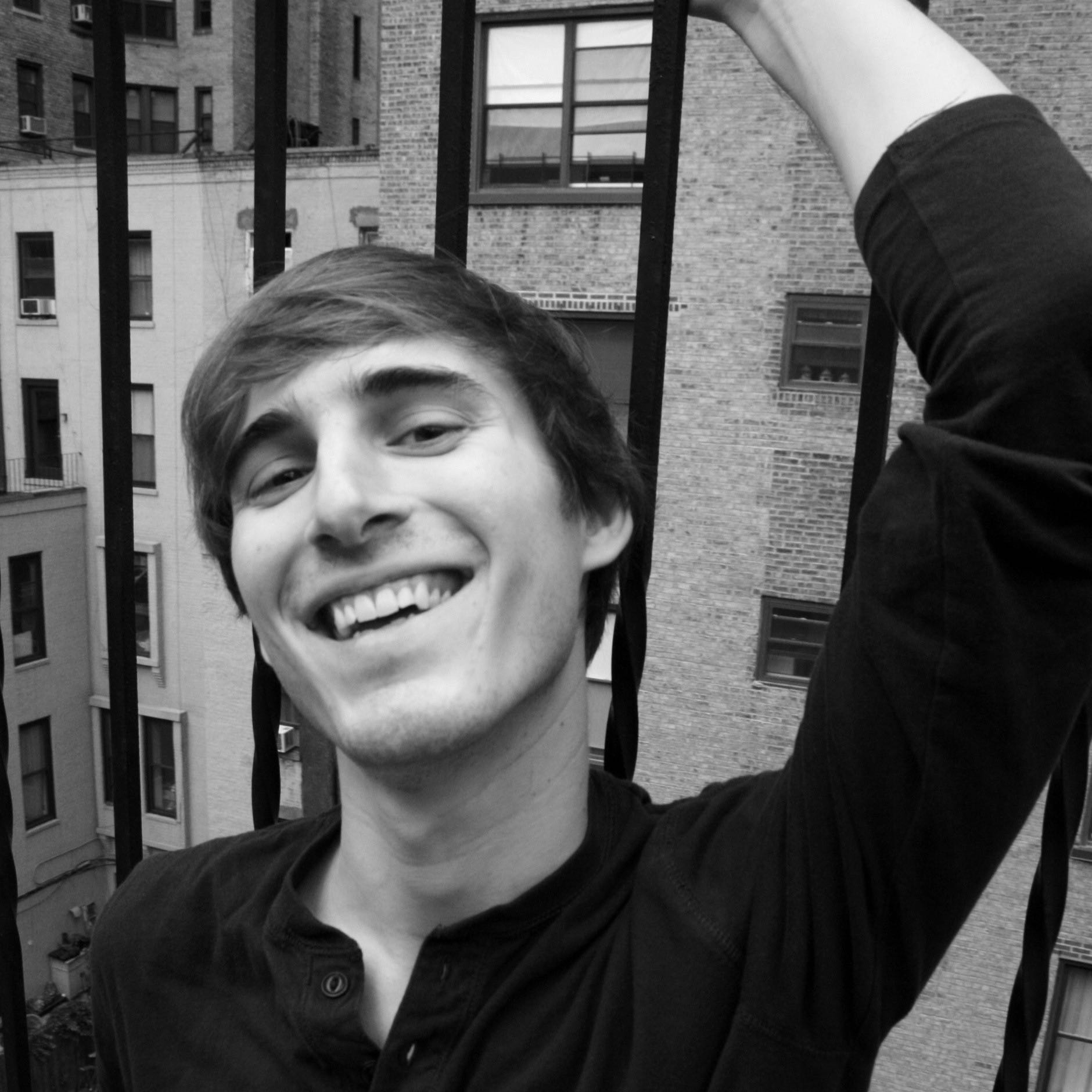Tuesday, January 20th, 2015

Written by Tim Hansen
The Alaskan town of Homer is, in a word, remote. Although it’s only about 120 miles south of Anchorage as the crow flies, it’s one of the last outposts of civilization on the Kenai Peninsula, overlooking the frigid waters of Kachemak Bay and the inaccessible, fractured coastline beyond. Getting there is pretty straightforward: just head south on Alaska Route 1 and keep driving until the road runs out. You’ll feel like you’re heading to the edge of the world, but once you’re there you’ll discover a cosy population of about five and a half thousand souls to keep you company, ranging from fishermen to poets (and also making Homer a virtual metropolis compared to the forty-six folks that called it home a hundred years ago). It’s rugged, beautiful, pristine and unpredictable: and here, in a log cabin built by his parents in the woods, composer Conrad Winslow spent his childhood.
“My father is a commercial salmon fisherman in Alaska and my mother homeschooled us kids for a few years,” recalls Winslow. “I started playing piano at six, when my mom got a piano for herself.” A creative kid, he was encouraged to pursue anything that caught his interest from piano to poetry to theatre. But in college, Winslow discovered what he called “a thriving ecosystem of new classical music, and encountered musicians passionate about interpreting it”.
Composition swiftly became the young Alaskan’s vocation, and, like hundreds of emerging artists before him, he made the move to New York City. Here, Winslow has thrived, gaining entry into Juilliard’s composition program where he studied with the legendary John Corigliano. Although not yet 30 he has amassed a slew of critical accolades and honors, including his Carnegie Hall debut, and several ASCAP awards. He was also one of a select handful of composers to receive a 2013 JFund award, which enabled Winslow to compose a work unusual even by New York City’s fringe-pushing standards, The Perfect Nothing Catalog.
“Composing a work is usually like solving a puzzle for me,” Winslow explains, “and I had been thinking a lot about how to build large musical structures that are neither histrionic-Romantic nor process-driven.” Whilst musing on this problem he had the good fortune to attend Caryl Churchill’s quirky play Love & Information. Winslow describes Churchill’s work as “tossing its eponymous themes through fifty or so rapid-fire scenes of non-repeating characters and situations. The play’s highly-concentrated, almost pointillist structure paradoxically held together the more it fragmented, and gave me a way to build The Perfect Nothing Catalog.”
True to his inspiration, The Perfect Nothing Catalog is a series of fifty self-contained musical fragments grouped into five “movements”. After opening with a mixed-bag of material explored later in the piece, the performers move through a series of tunes without counterpoint or accompaniment, static music textures, rhythmically-driven processes, and what Winslow describes as “mini-pageants restricting my control where the musicians make certain decisions about rhythm, pitch, and tempo”.
However Winslow was eager to avoid the piece turning into a pedantic categorization of sounds, and so rather than rigidly sticking to narrow parameters within each of the movements, he instead chose to guide the audience through the piece with “tonal quirks and rhythmic impulses” that occur across the score. And, rather ingeniously, he instructs the musicians to stomp their feet with varying rhythms and patterns between each phrase as a sort of palette-cleansing aural sorbet between courses.
The Perfect Nothing Catalog premiered in December 2014 by the ever-adventurous Cadillac Moon Ensemble. A testament to the composer’s diverse artistic interests, the performance was a theatrical affair presented in Signal Gallery in Bushwick with costumes by Jeannine Han and a set designed by Brooklyn-based artist Frank Traynor. Indeed it was Traynor’s project that gave Winslow’s creation its name—The Perfect Nothing Catalog—as both Traynor’s shop and Winslow’s composition hope to pose questions to the audience about how much control we give to curators of art in any discipline, who Winslow says teach us “how to listen, look and even feel”.
It is this question of curation that has awakened a pull Winslow feels back to his little remote hometown. “I wanted to make sense of my upbringing in Alaska in terms of my current professional life in New York, says Winslow. “How were they continuous, or disjunctive?”. It turned out he wasn’t alone asking these questions; two other Alaskans-come-New Yorkers, violinist Andie Springer and flautist Katie Cox had also felt this duality, along with a shared, fundamental “pull to return to Alaska”. The trio decided to found a New Music Festival in Homer: Wild Shore New Music. “We decided to explore [these questions] by actually bringing a sampling of the new music produced in New York to Alaska.”